15 Food Swaps That Will Save You Hundreds of Calories a Day and Help You Lose Weight

Daniel Maman (@danielmamanfit) is an online fitness coach who helps people lose weight in the right and sustainable way by making healthy diets and fitness changes to their lifestyles. In two recent viral videos, he explains that you don't have to deprive yourself of stuff you love to lose weight. Instead, you can make healthy swaps. Here are 15 food swaps that will save you hundreds of calories a day and help you lose weight. Body Network's Resident RDN, The Diet Diva Tara Collingwood, also weighs in.
Swap Eggs for Egg Whites
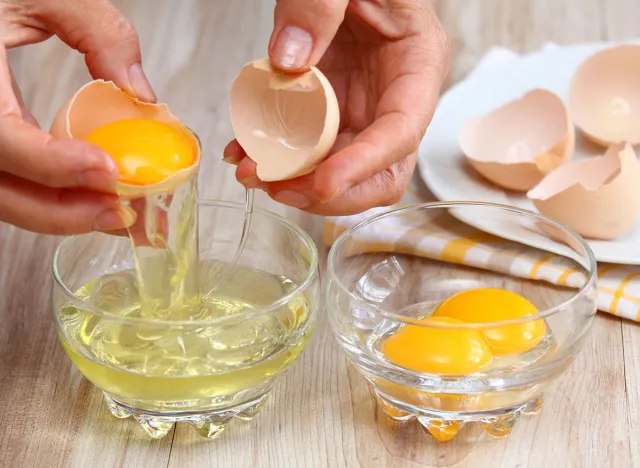
His first recommendation is a breakfast favorite. "Don't eat eggs. Eat egg whites," says Maman.
"Egg whites will be lower in calories but then you are also missing out on all of the good nutrients found in the yolk," says says Body Network's Resident RDN, Tara Collingwood, MS, RDN, CSSD, LD/N, ACSM-CPT, a Board Certified Sports Dietitian and co-author of the Flat Belly Cookbook for Dummies.
Swap Soda for Diet Soda
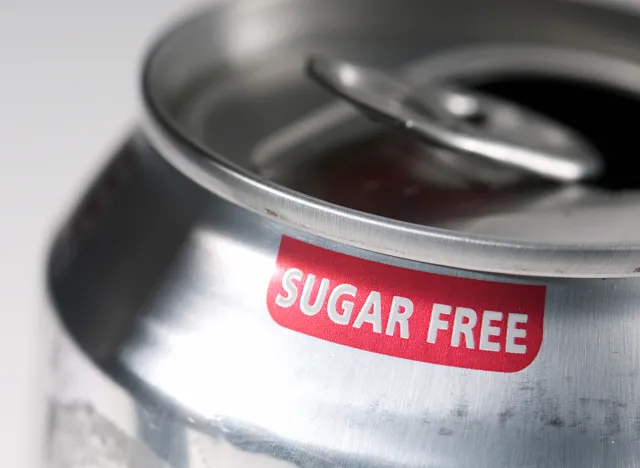
"Don't drink regular soda. Drink diet soda," is his second swap. "Yes, diet soda will be calorie-free versus a lot of sugar in regular soda, which means a lot of empty calories that don't provide any fullness either," agrees Collingwood.
Swap Bread for Rice Cakes
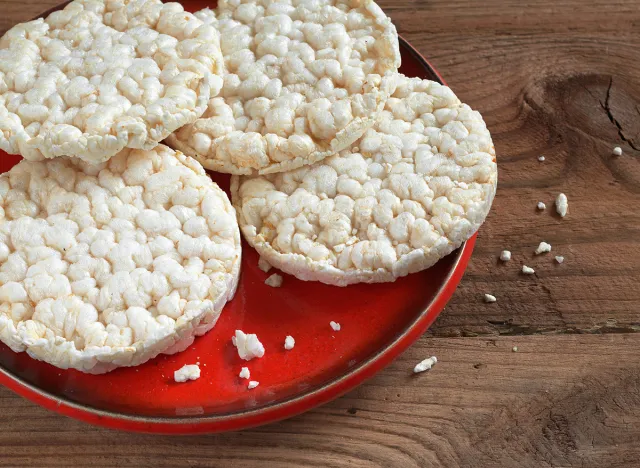
Next, Maman tackles carbs. "Don't eat bread. Eat rice cakes," he recommends. "Rice cakes really don't have much nutritional value at all," Collingwood disagrees. "They are puffed white rice that are very high glycemic." Bread, "if choosing whole grain/whole wheat can have fiber, antioxidants, and a little bit of protein so it has more nutritional value and is more filling," she points out. "Even if it has a few more calories it is worth it because it is filling versus rice cakes that are just puffed air."
RELATED: 9 People Share Their Proven Strategies for Losing Over 40 Pounds
Swap Ice Cream for Sorbet

"Don't eat ice cream; instead, eat sorbet," recommends Maman. "Sorbet is a good choice because it doesn't have the fat that ice cream has, but it is still high in sugar and doesn't have much nutritional value," says Collingwood. However, "still be aware of portion size," she warns.
Swap Cereal for Protein Cereal
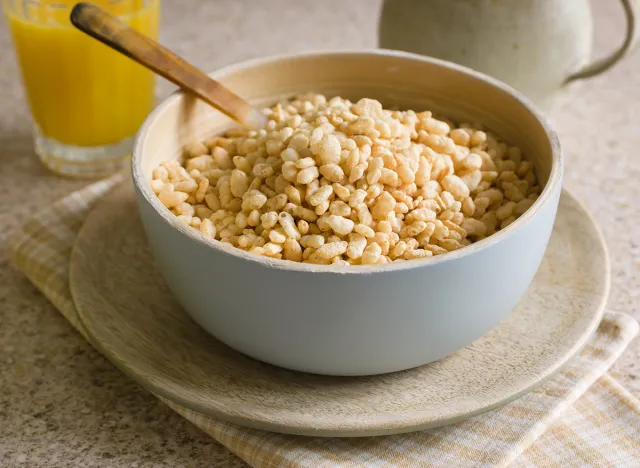
"Don't eat plain old cereal. Have protein cereal," says Maman. "Cereal can be high in sugar, low in fiber, and not be very filling," agrees Collingwood. "Cereals with extra protein and/or fiber are a much better choice to keep you full for longer."
Swap Cream Cheese for Cottage Cheese
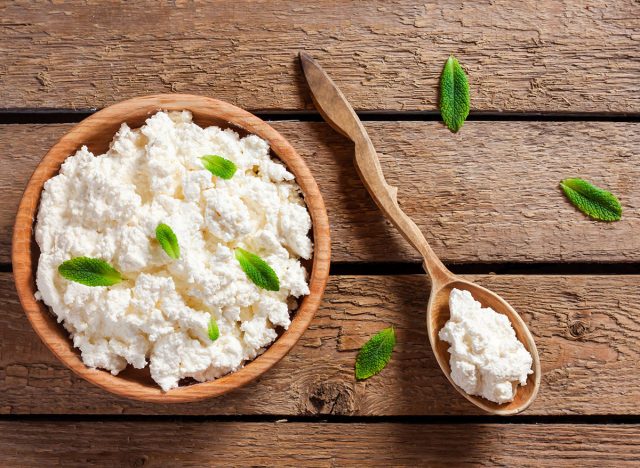
"Don't eat cream cheese. Eat cottage cheese," says Maman. "Cottage cheese is an excellent source of protein and also has calcium and other nutrients. Cream cheese is not very filling," agrees Collingwood. While she agrees it is a good swap, she is not sure how practical it is. "Cottage cheese on a bagel? I guess it could work," she says.
Swap Peanut Butter for Peanut Butter Powder
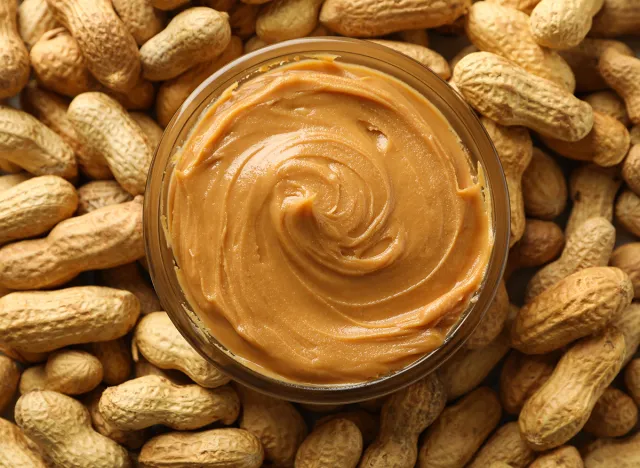
"Don't eat peanut butter. Eat peanut butter powder," Maman suggests. Collingwood agrees that this is a great swap. "Peanut butter powder is high in protein but has a lot of the fat removed so the calories are much lower," she says.
RELATED: 15 Reasons Why You May Not Losing Weight While on Ozempic
Swap Pasta for Chickpea Pasta
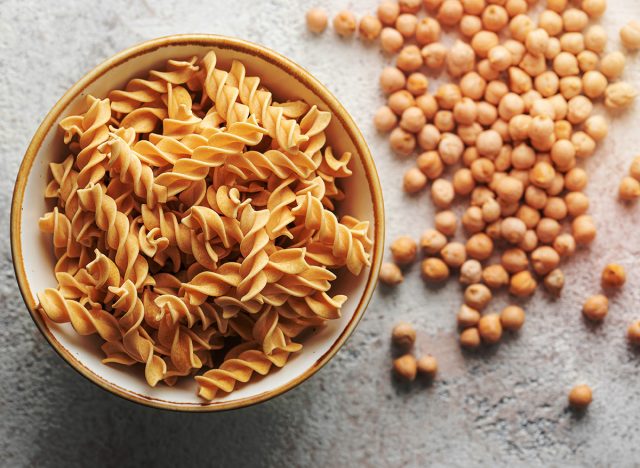
"Don't eat pasta. Use chickpea pasta," Maman suggests. Collingwood is a big fan of chickpea pasta as well. "It tastes the same and much higher in protein and fiber so it's more filling," she says.
Swap Potato Chips for Quest Chips
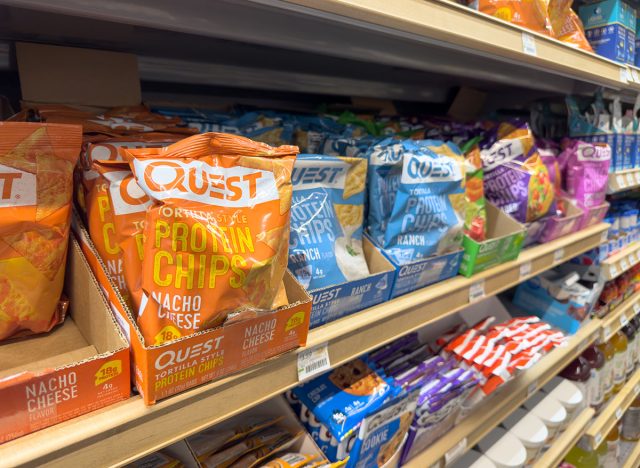
"Don't eat potato chips. Use Quest protein chips," encourages Maman. "Good swap!" agrees Collingwood. "Quest chips are delicious (unlike many protein chips) and have a lot of protein to keep you full."
Swap 2% Milk for Almond or Skim Milk
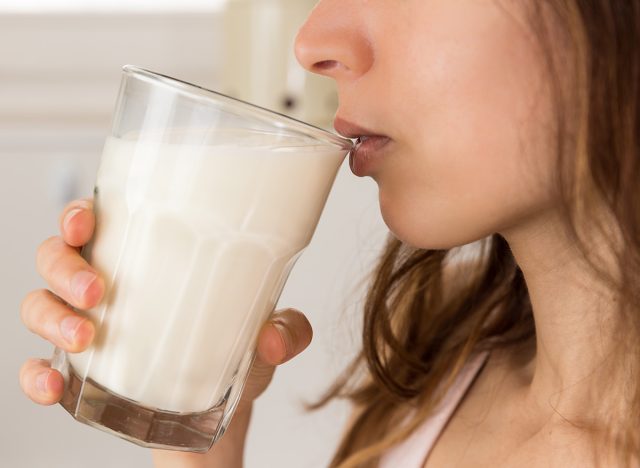
"Stop using 2% milk instead. Use almond or skim milk," says Maman. "Skim milk has just as much protein and vitamins and minerals as 2% milk but fewer calories and fat," Collingwood explains. However, she points out that almond milk doesn't have protein "and all of the nutrients are fortified in and may or may not be as high as cow's milk," she says. "Read labels carefully because there may be a lot of added sugar as well."
RELATED: 15 Quick Ways to Lose Body Fat Percentage in a Week
Swap Sour Cream for Greek Yogurt
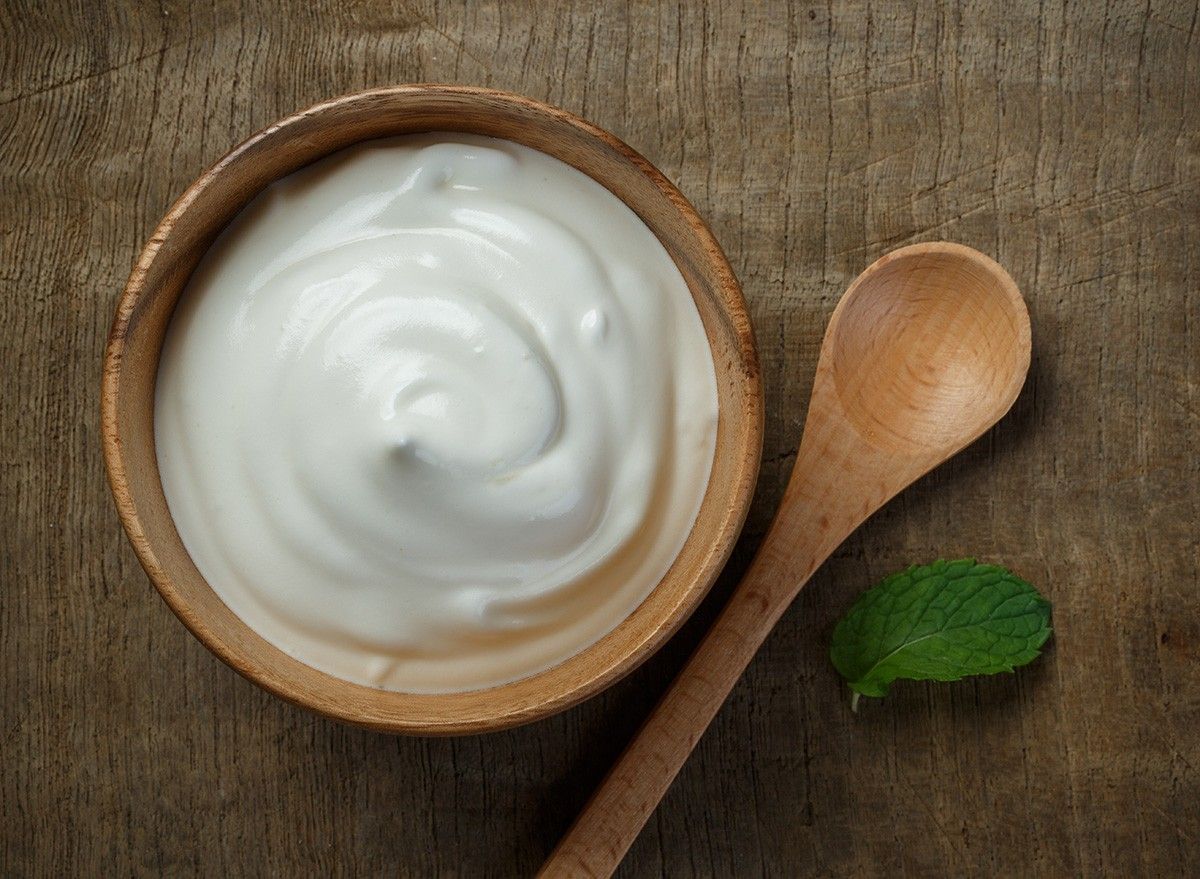
"Don't eat sour cream. Eat Greek yogurt instead," Maman suggests. "Plain Greek yogurt is an excellent sub for sour cream in recipes and even on top of a baked potato. You get a lot of protein and calcium with fewer calories," agrees Collingwood.
Swap Butter for Avocado
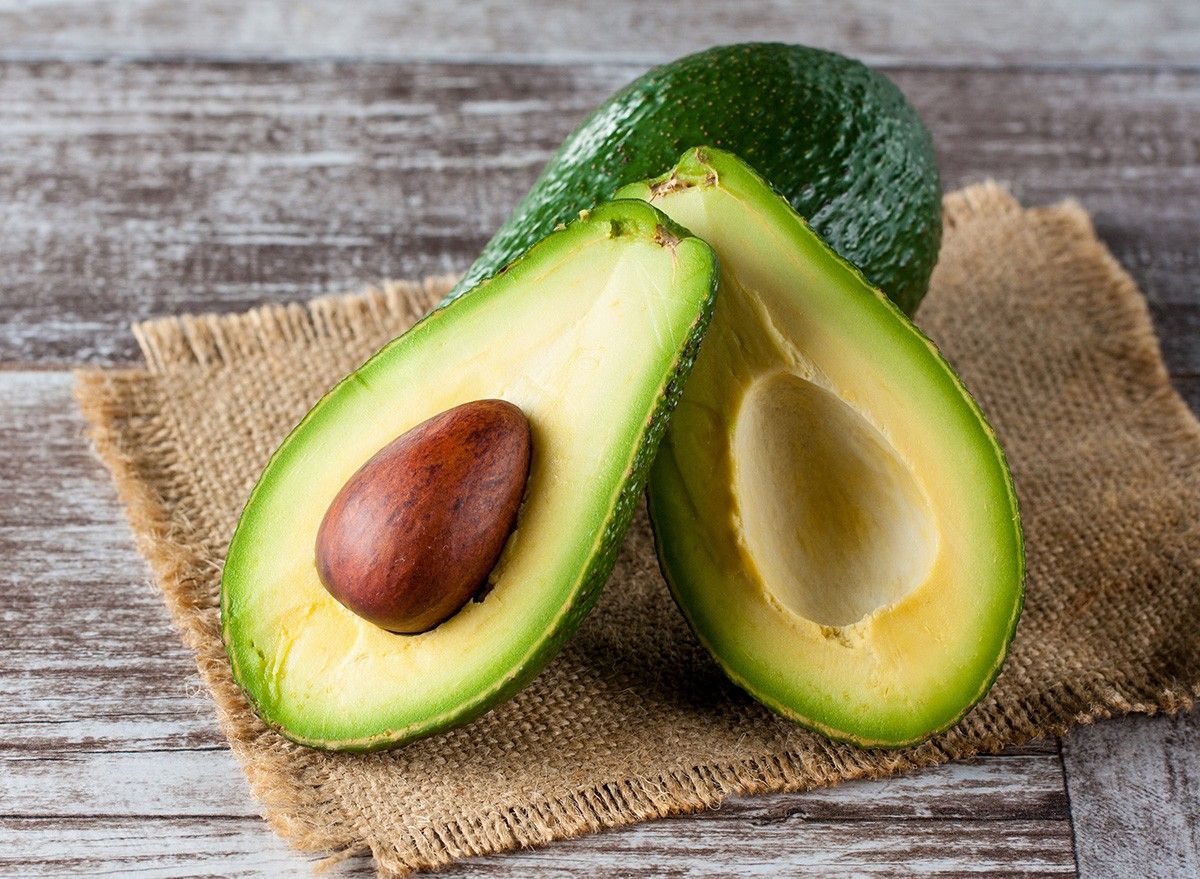
"Don't eat butter instead. Use avocado," Maman says. Collingwood agrees. "Avocados are packed with nutrients including fiber and heart-healthy fats versus butter with no nutritional value and a lot of saturated fat."
Swap Vegetable Oil with Cooking Spray

"Don't use vegetable oil. Use cooking spray," Maman continues. "You will likely use less overall oil if you use a spray versus pouring oil into a pan," says Collingwood. "If you don't want the added chemicals in a spray, just get a spritzer to put your olive oil (or oil of choice) in, and it will work the same."
Swap a Chocolate Bar for a Protein Bar
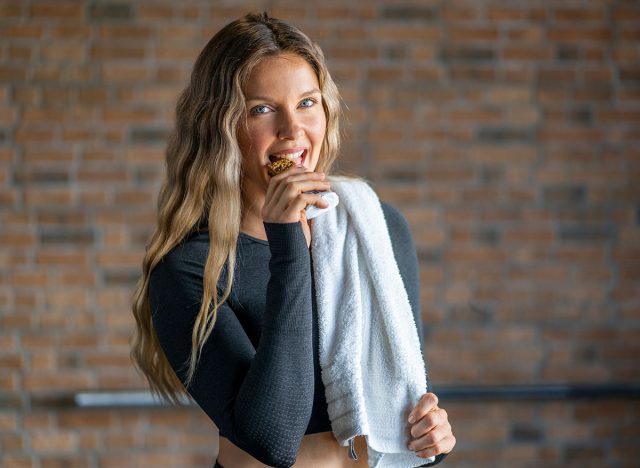
Craving some chocolate? "Don't eat a chocolate bar. Eat a protein bar," reveals Maman. "Protein bars can provide fullness and nutritional value with the protein and still taste sweet to hit that sweet craving, but sometimes you just need good old fashioned chocolate," says Collingwood.
RELATED: 20 Incredible Ozempic Success Stories of All Time
Bottom Line: Always Read Labels

"A lot of these are really good swaps," confirms Collingwood. "Just be aware that sometimes it's not just about the calories but also the satiety and nutrition that certain foods provide that you might lose when you swap them out."
💪🔥Body Booster: To lose weight without feeling deprived, make healthy food swaps that save you hundreds of calories daily. Try these 15 simple substitutions to enjoy your favorite foods while still shedding pounds.




